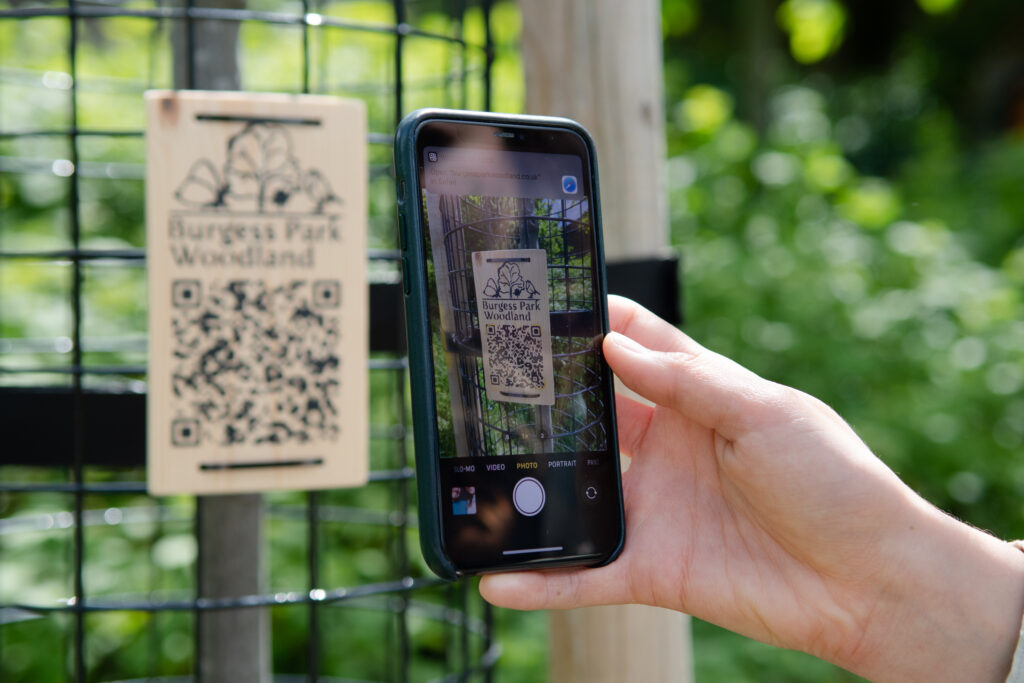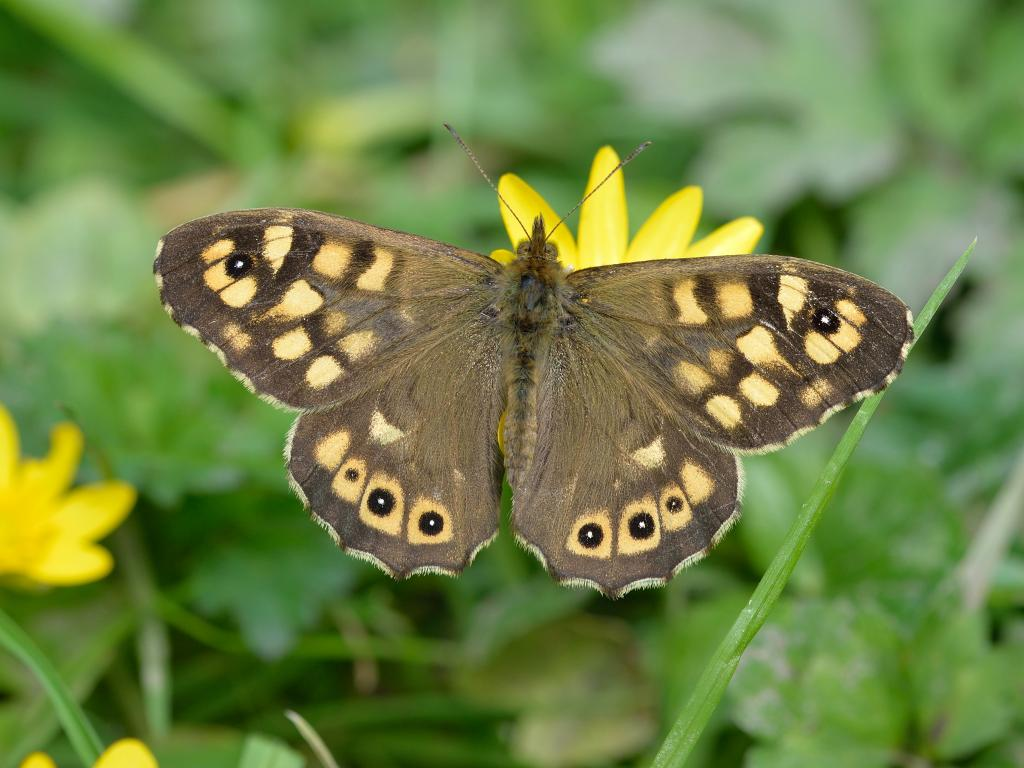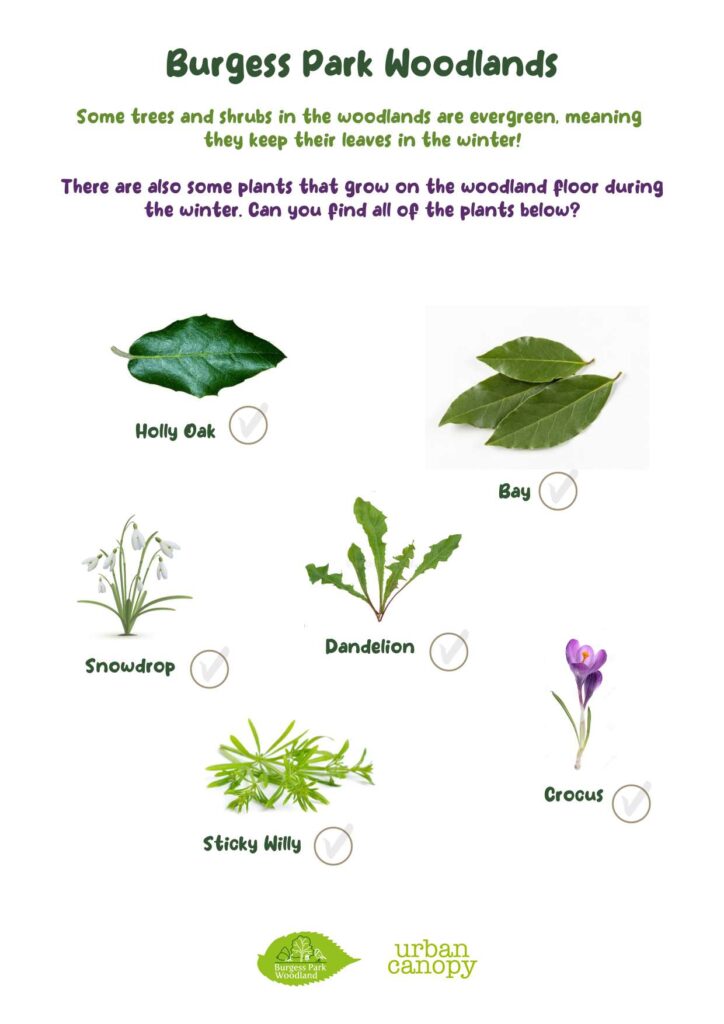You are in:

Woodland Marker #14 part of the Woodland Trail installed by the Friends of Burgess Park
Hedgehogs like to eat all sorts of bugs and crunchy beetles. They are most active at night and hibernate through winter. Not in the park, yet….

About Southampton Way Woodland
These woodlands run between Wells Way and Southampton Way at the western end of the park. The oldest woodland area in Burgess Park, it’s been identified by London Wildlife as the area with the highest value for wildlife because it is the most established. It was improved in 2018 when a small new parcel of land was incorporated into the park, and New Church Road (New Church Road | Bridge to Nowhere (friendsofburgesspark.org.uk) was removed creating the woodland edge and new meadow area. Gravel pathways were laid out along the edge and through the woodlands to increase accessibility to all.
This is a unique area of the park as the edge of the park is not a road but the boundary with the backs of properties along Parkhouse St and Southampton Way, which gives it a quiet feel away from the noise of busy London. Land here is to be developed, and the Friends have tried to stop tall buildings which would overshadow the woodland at vital times, having a huge impact on the amount of sunlight required to warm the soil in spring and start growth at the right time.
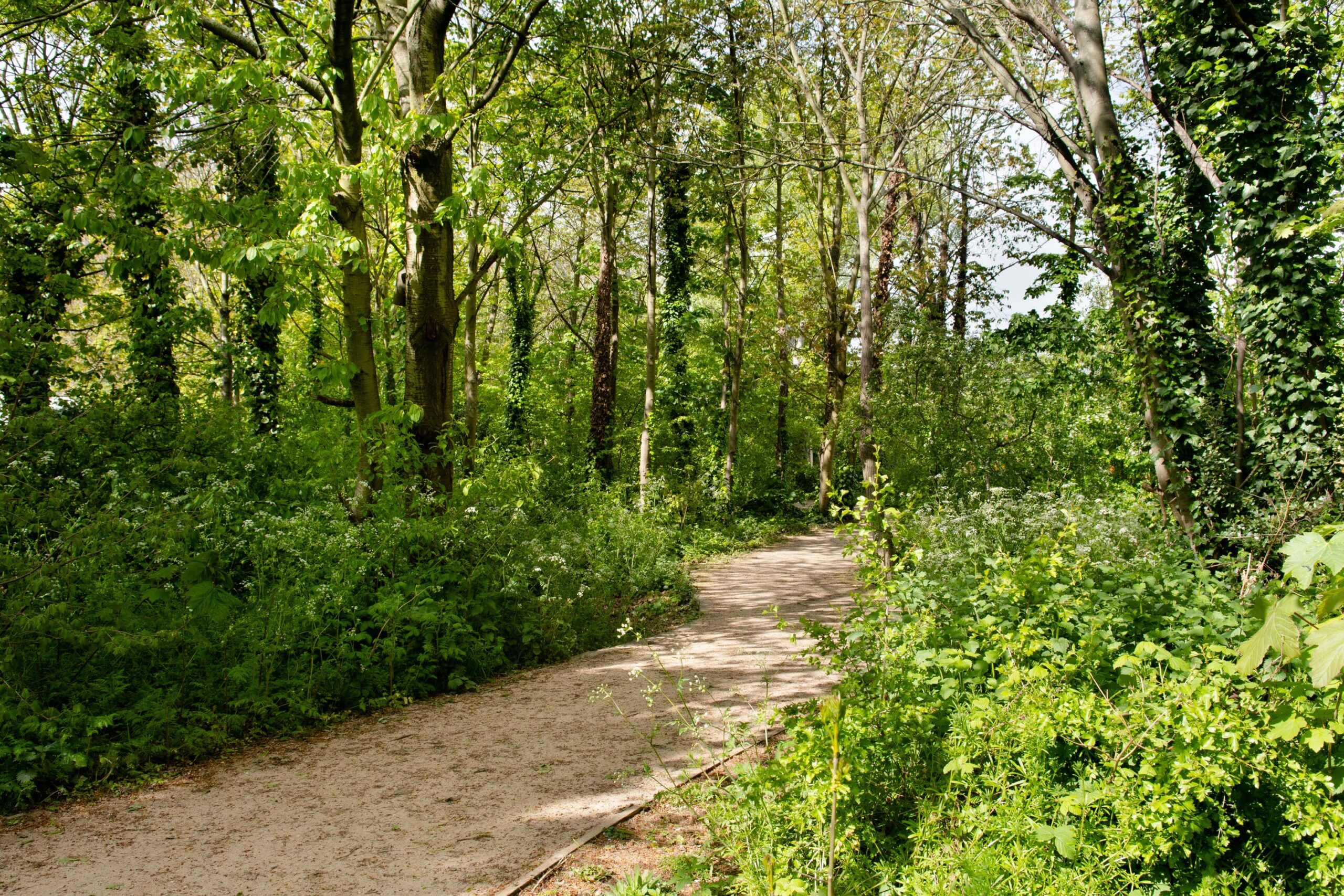
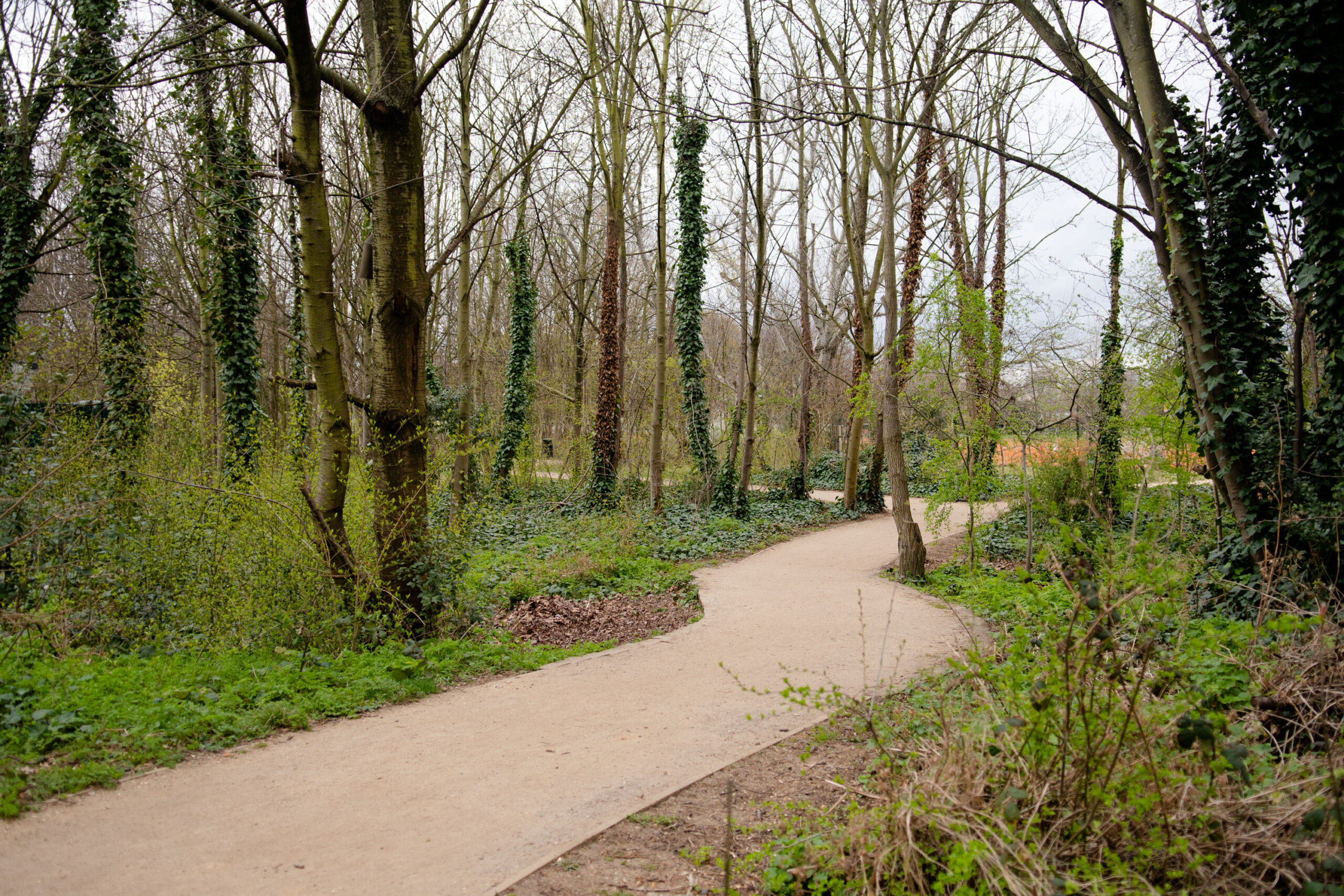
What to look out for
A small stand of Sea Buckthorn Hippophae rhamnoides will be dripping with orange ‘bake-bean’ berries in the autumn, small glades are sheltered and sunny and filled with wildflowers, making them good places to look for butterflies. Blackthorn or sloe Prunus spinosa are common too.
Speckled Wood and Gatekeeper Pyronia tithonus butterflies are known to be spotted in this area. Elm trees by New Church Road. If you are lucky, you might see pairs of male White-letter Hairstreaks spiralling in mock combat at the top of the canopy.
The sandy soils in the new wildflower meadow areas are likely spots to find Miner Bees Andrena spp
Listen out for a harsh chattering sound, signalling the presence of our most beautiful corvid, the Jay, Garrulus glandarius. This bird has a natural affinity to oak trees, and are only very occasionally found in the park.
Heritage - New Church Road
New Church Road which used to run alongside and through areas of Southampton Way Woodland and it’s glades was one of the last ‘ghost roads’ of Burgess Park – residual streets left stranded amidst green space as the park developed. Just tarmac and kerbs without traffic, buildings, or borders. Closed to traffic in 2003, it served as an echo of times when this area was densely built over, and bustling with homes and businesses. Over nearly 200 years, it saw a whole community come and go. Finally, it was removed in 2018 and barely a trace remains.
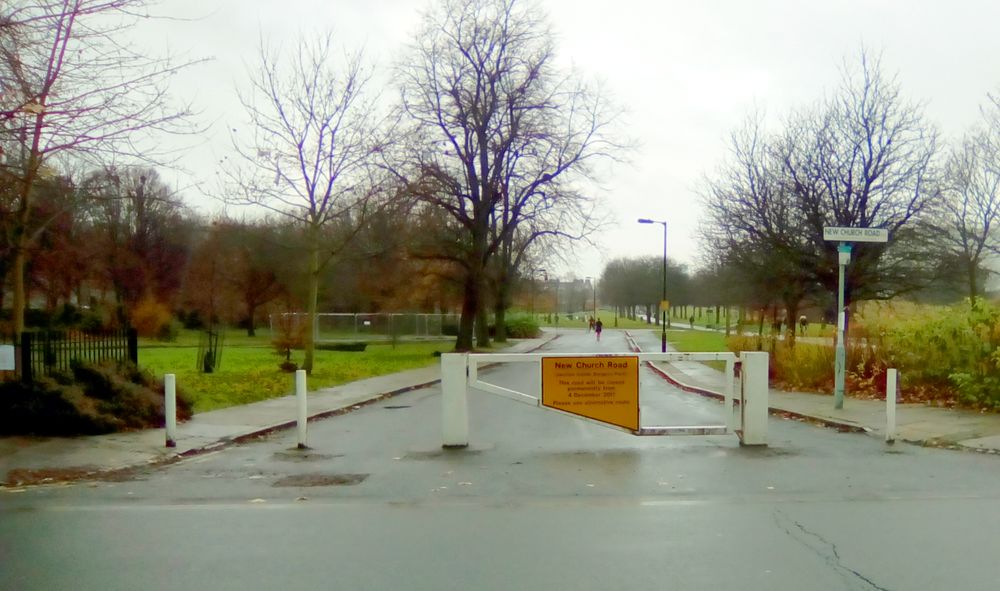
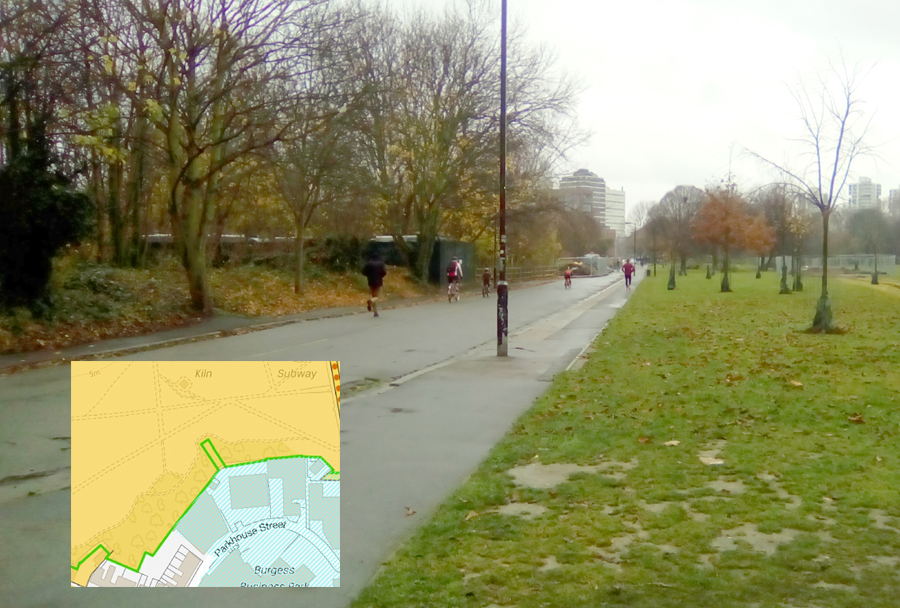
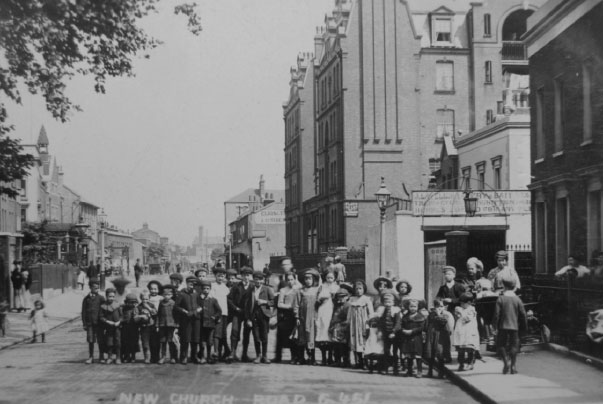
Woodland Maintenance
In this area we are hoping to clear some of the ground cover ivy and remove weed control fabric to allow other species to grow through, to manage the Brambles at glade edges to keep these areas open and to increase dead wood piles.
2021
As part of the Friends of Burgess Park ‘Team Zero Waste‘ volunteers removed large amounts of abandoned and littered objects including bike tyres, goals posts & industrial cabling. They also spent time removing bricks, chunks of cement and other rubble which was left over in the woodland understory from when roads (more recent) and building remains (longer ago) were removed in this area to create this wonderful space. Our volunteers quickly filled large rubble bags for the councils team to take away.



Things to do


Impact Reporting
We recently crowdfunded a report from London Wildlife Trust on the overshadowing of Southampton Way Woodlands & St George’s Way Copses.
London Wildlife Trust have told us the Burgess Park woodlands have a special value:
- The woodlands have ecological value to the broader parkland, reflecting the recognition of Burgess Park’s potential biodiversity value for local people.
- The significance of the local bat population and the role the park plays in supporting that bat population foraging and the impact of building lighting.
- The building shading on the ecological area immediately to the north of the proposed development site are not insignificant and may have considerable long-term effects on woodlands, woodland species and pollinators.
- The cumulative effects from proposed developments along Parkhouse Street.
- Negative long-term habitat and species impacts on protected and/or priority species.
- Burgess Park is a Site of Borough Importance for Nature Conservation in Southwark, it is of authority-wide value.
Welcome to Burgess Park Woodland Trail!
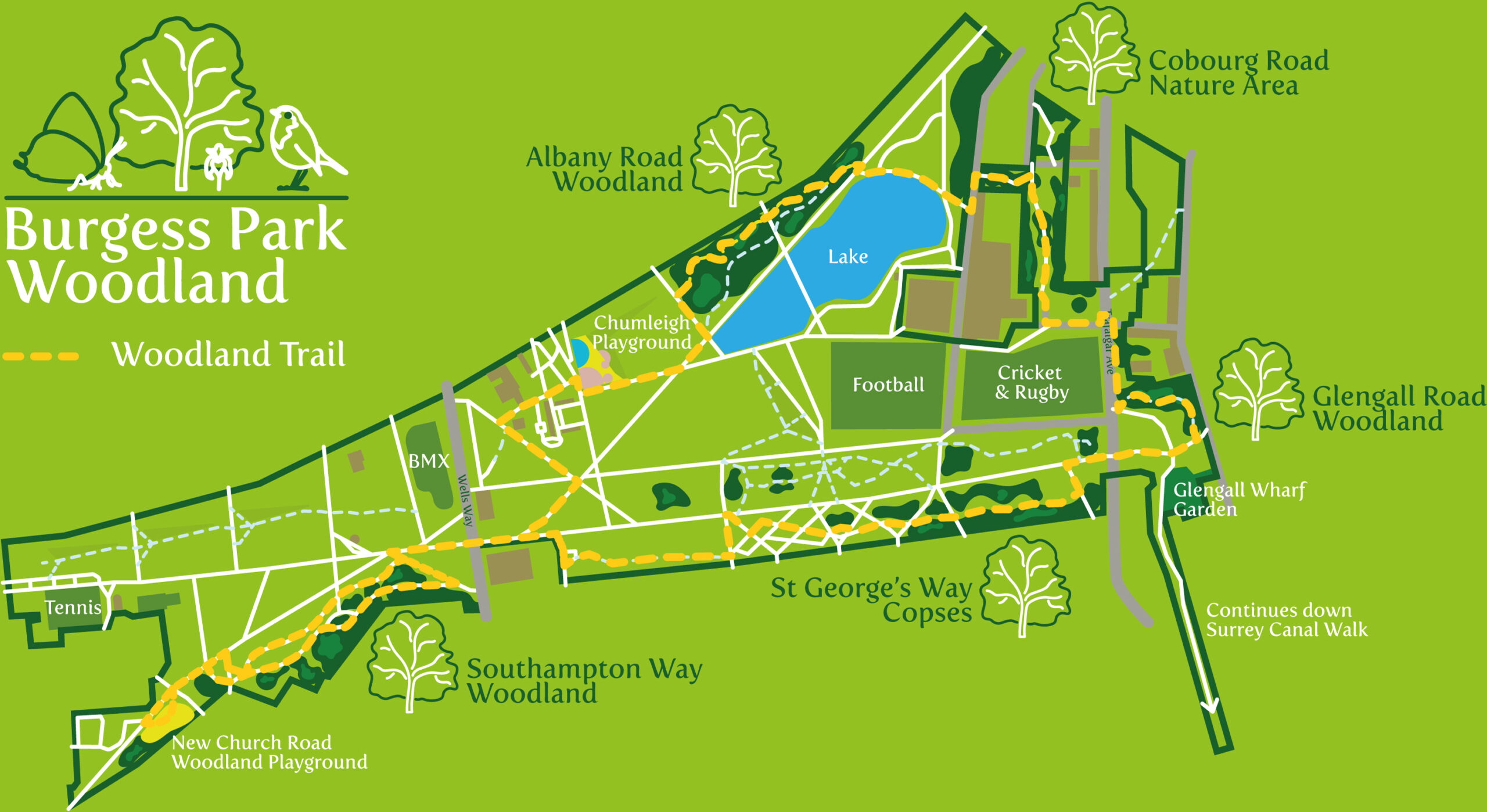
Explore Burgess Park Woodland - Follow our Woodland Trail!
Look out for our wooden woodland markers throughout Burgess Park and follow them on a route through the woodlands. Scan the QR codes on each with the camera on your smartphone and find out interesting facts about the woodlands and the history of the area.
